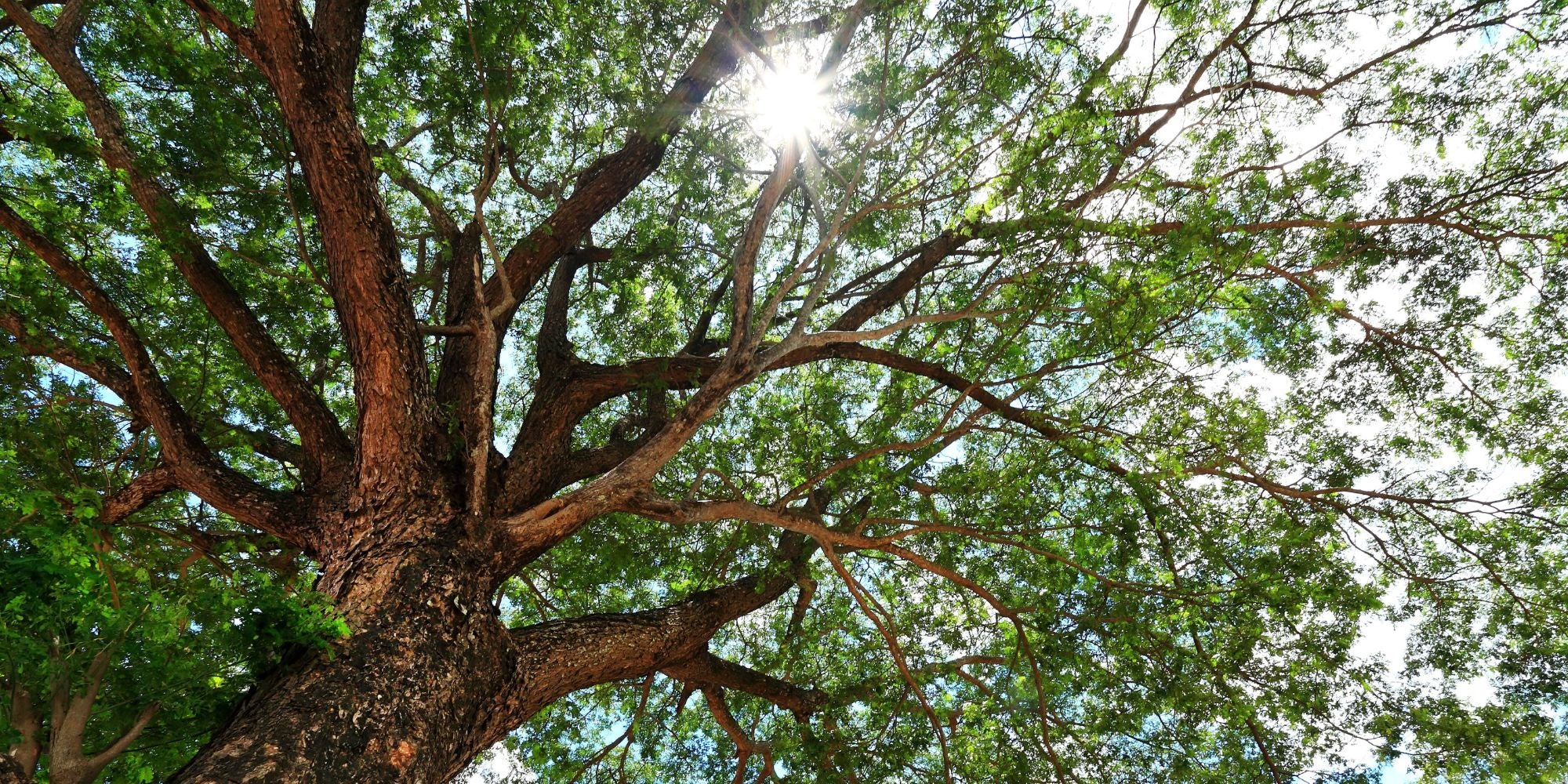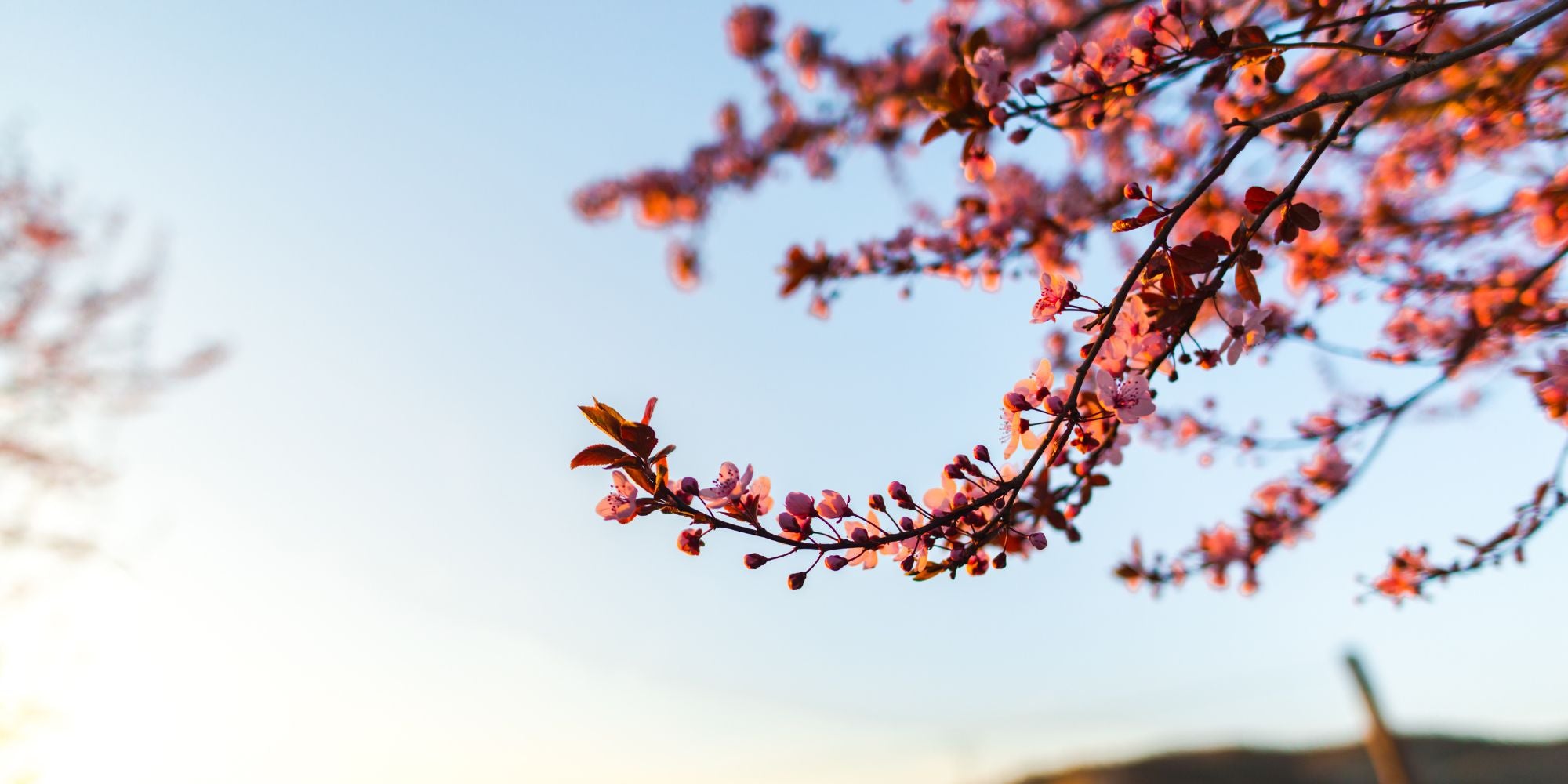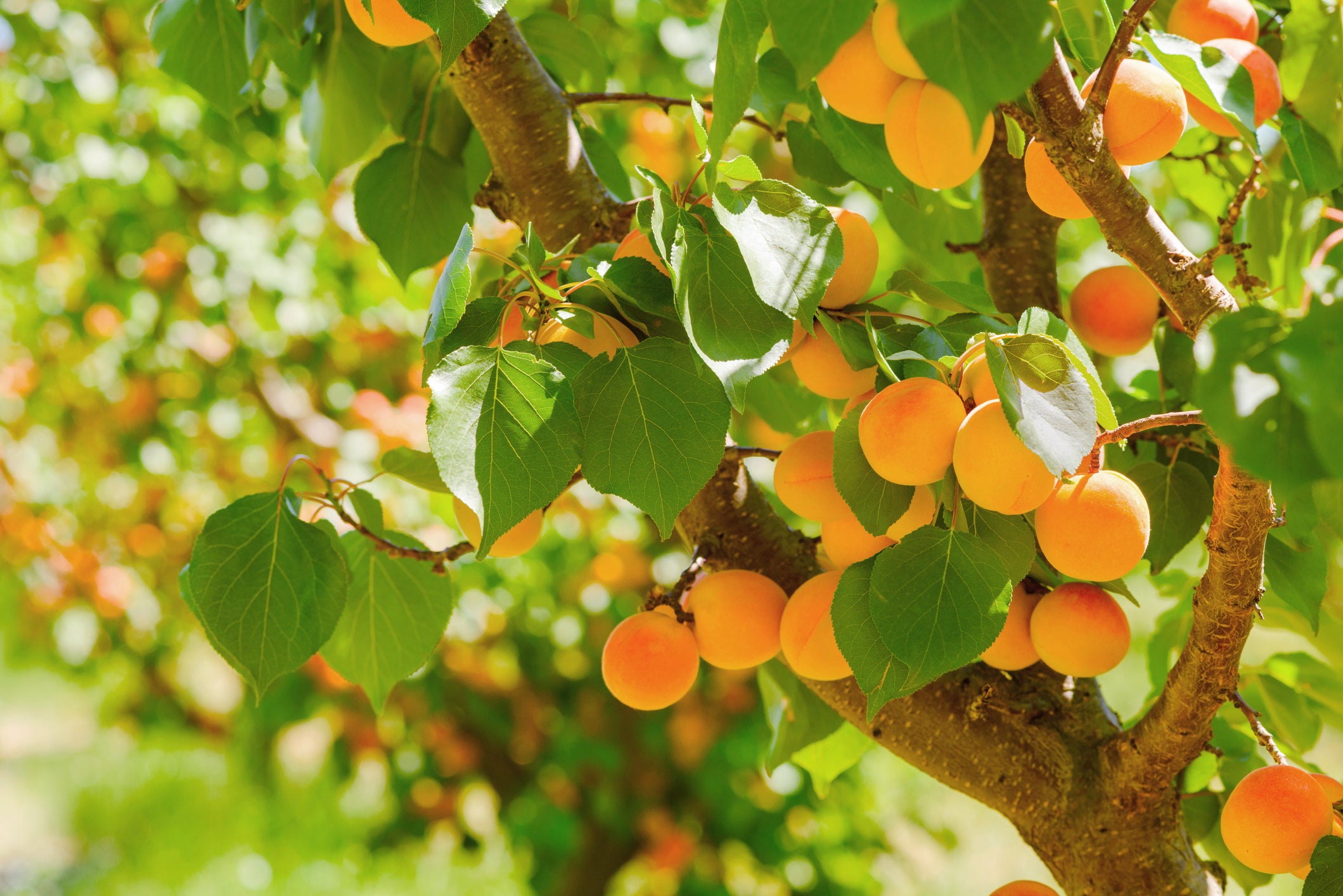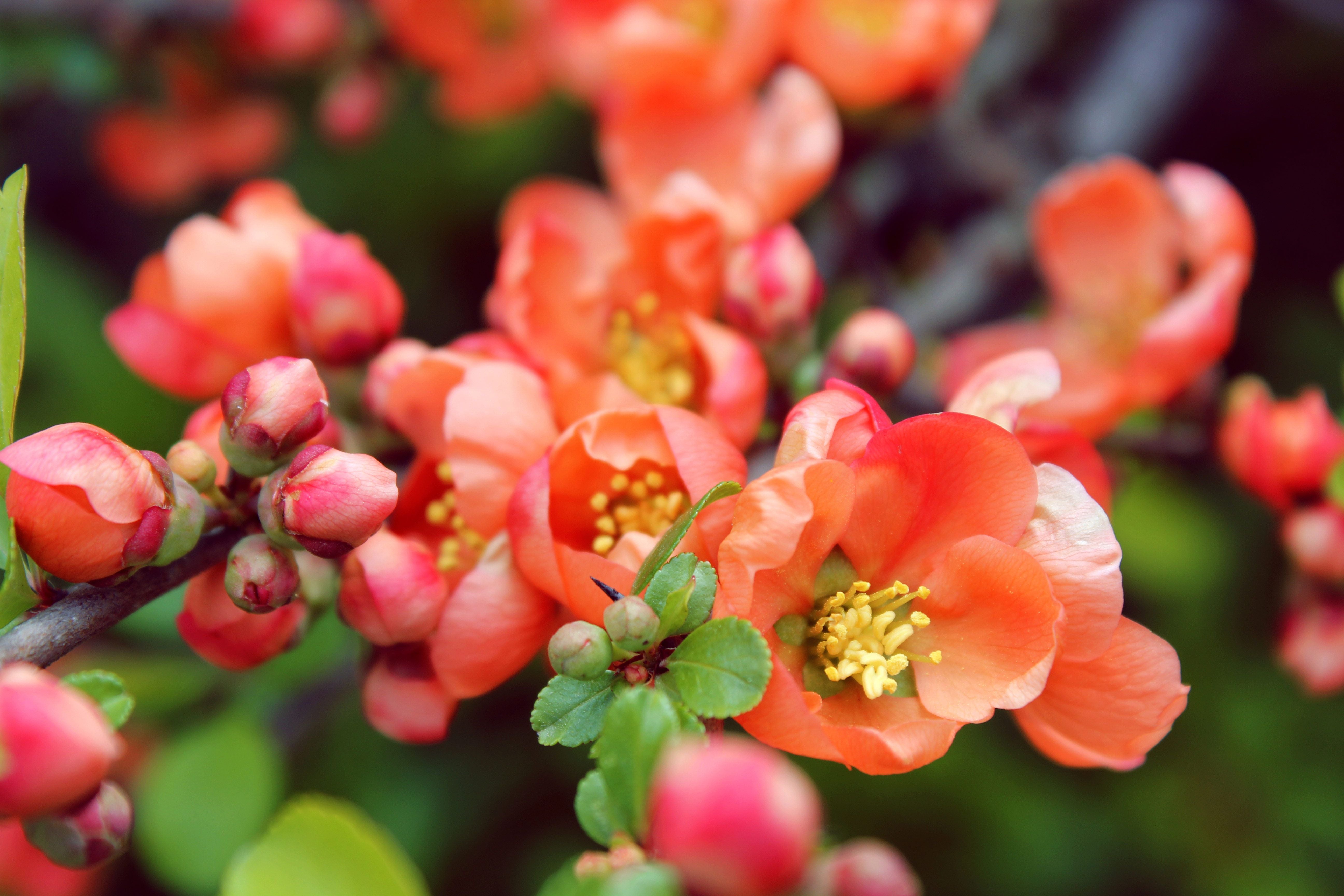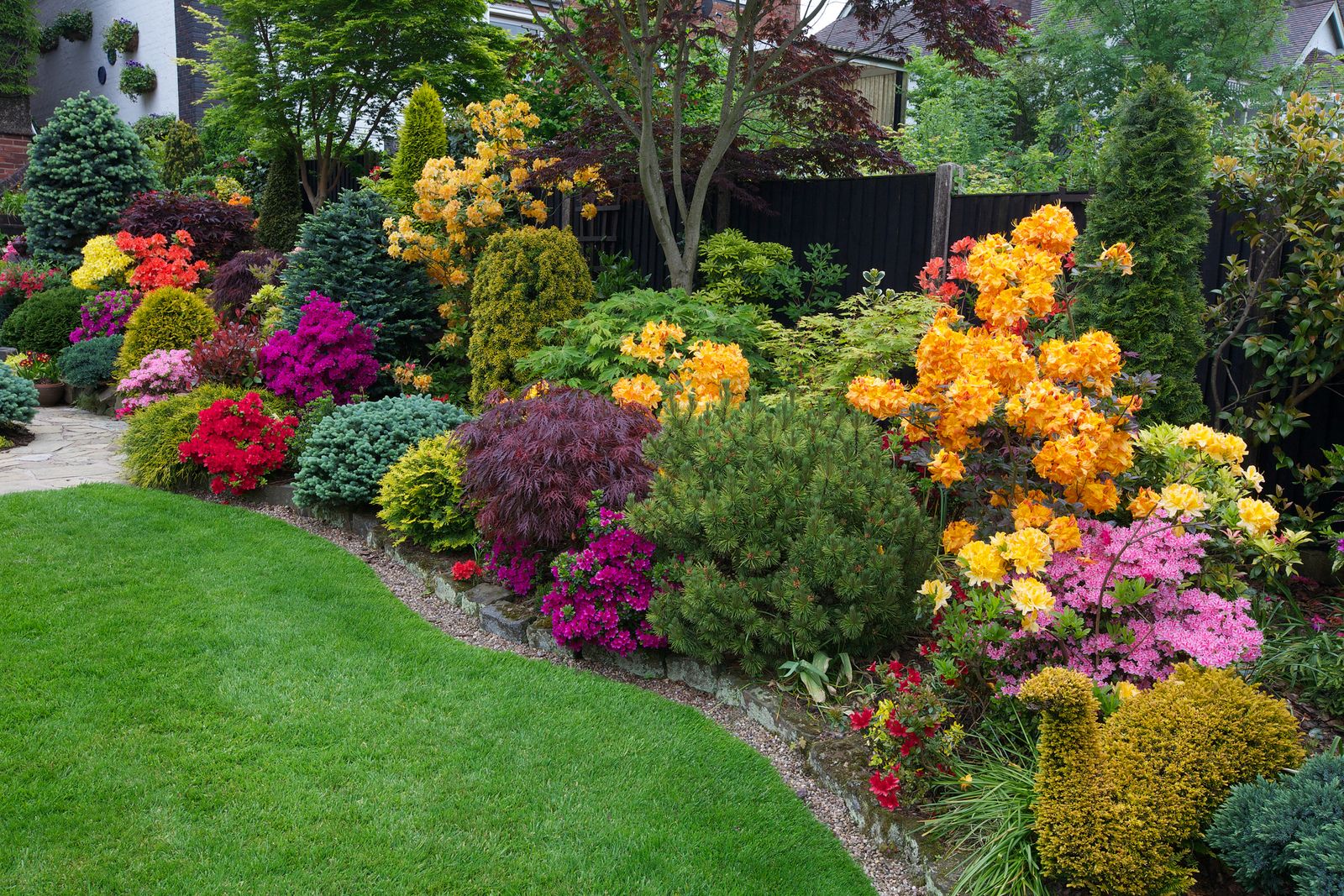Where To Plant Your Japanese Maple For Optimal Growth

Choosing the ideal location for your Japanese maple is key to ensuring its health and enhancing its beauty. These magnificent trees serve as a testament to nature's splendor and mirror the dedication you invest in your garden's upkeep. Knowing where to plant Japanese maple significantly affects its robustness and longevity, transforming your outdoor space into a captivating sanctuary.
By strategically determining the best spot, you not only foster the tree’s growth but also optimize its aesthetic appeal, making your garden a reflection of both nature’s beauty and your gardening prowess. A well-placed Japanese maple becomes the centerpiece of a tranquil, picturesque landscape.
Understand Your Climate Zone
Japanese maples thrive best in USDA zones 5 through 9, which offer the moderate temperatures these trees prefer. Before planting, it's essential to identify your specific climate zone to select the most suitable variety of Japanese maple for your environment. Varieties differ in their resistance to extreme temperatures; some can endure colder conditions, while others are better suited for warmer areas.
By choosing a type adapted to your local climate, you'll significantly enhance your tree’s chances of thriving. Tristar Plants offers a variety of Japanese maples that are selected to prosper in different climate conditions, helping you make an informed choice.
Choosing the Right Spot
Finding the optimal location for your Japanese maple involves a delicate balance between sunlight and protection. Ideally, your tree should be placed where it can receive filtered sunlight or partial shade. Excessive direct sun exposure can lead to leaf scorch, particularly in warmer climates, whereas insufficient light can inhibit growth and reduce the vibrancy of the leaf colors. A spot that gets gentle morning sunlight followed by dappled afternoon shade is often ideal. This balance ensures your Japanese maple displays its full color potential while minimizing stress from the intense midday sun.
Soil Quality and Drainage
The health of a Japanese maple greatly depends on the quality of the soil in which it is planted. These trees require soil that is well-draining yet retains enough moisture to keep the roots damp. Adding organic matter such as compost can enhance soil texture, fertility, and moisture retention, providing an ideal growing environment.
To test soil drainage, dig a hole about a foot deep, fill it with water, and watch how quickly it drains. If the water drains slowly, you might need to elevate the planting area or mix in sand or organic matter to improve drainage and prevent waterlogging, which is detrimental to the tree's health.
Protection from Elements
Japanese maples are somewhat delicate and need protection from harsh environmental elements. Choosing a planting location that shields the tree from strong winds and blistering afternoon sun can prevent physical damage to the foliage and stress to the tree. Utilize natural barriers such as other trees, shrubs, or buildings to create a microclimate that offers shelter. Additionally, consider the orientation of your garden—planting on the north or east side can provide natural shading from the intense afternoon sun, helping to keep the tree's microclimate stable throughout the changing seasons.
Watering Needs

Japanese maples require careful watering to maintain health and vitality. They prefer a consistently moist soil environment, but it's crucial to avoid waterlogged conditions which can lead to root diseases. The ideal location for your Japanese maple will allow for easy access to water, especially during the warmer months, ensuring that the tree receives sufficient moisture without becoming overly saturated. Layering the surrounding base of your maple with mulch can retain soil moisture, suppress weeds, and regulate soil temperature, creating an optimal growing condition that supports robust growth.
Long-Term Growth Considerations
When selecting a planting site for your Japanese maple, consider the tree's future growth. These trees are long-lived and can grow to be quite large, ranging from 10 to 25 feet in height and spread, depending on the variety. It’s important to choose a location that accommodates the full mature size of the tree, allowing enough space for both vertical and horizontal expansion.
Avoid areas that are too close to buildings, power lines, or other permanent structures. Planning for adequate space will prevent future issues with overcrowding and ensure your Japanese maple remains a stunning feature in your garden for years to come.
Tristar Plants is dedicated to offering you the finest selection of Japanese maples, perfectly suited for a range of climates and garden aesthetics. Our team of experts is on hand to guide you in selecting and cultivating the ideal plants for your garden, making sure each one is well-positioned to flourish. Allow us to assist in realizing your garden aspirations, enriching your outdoor spaces with both beauty and grace.


